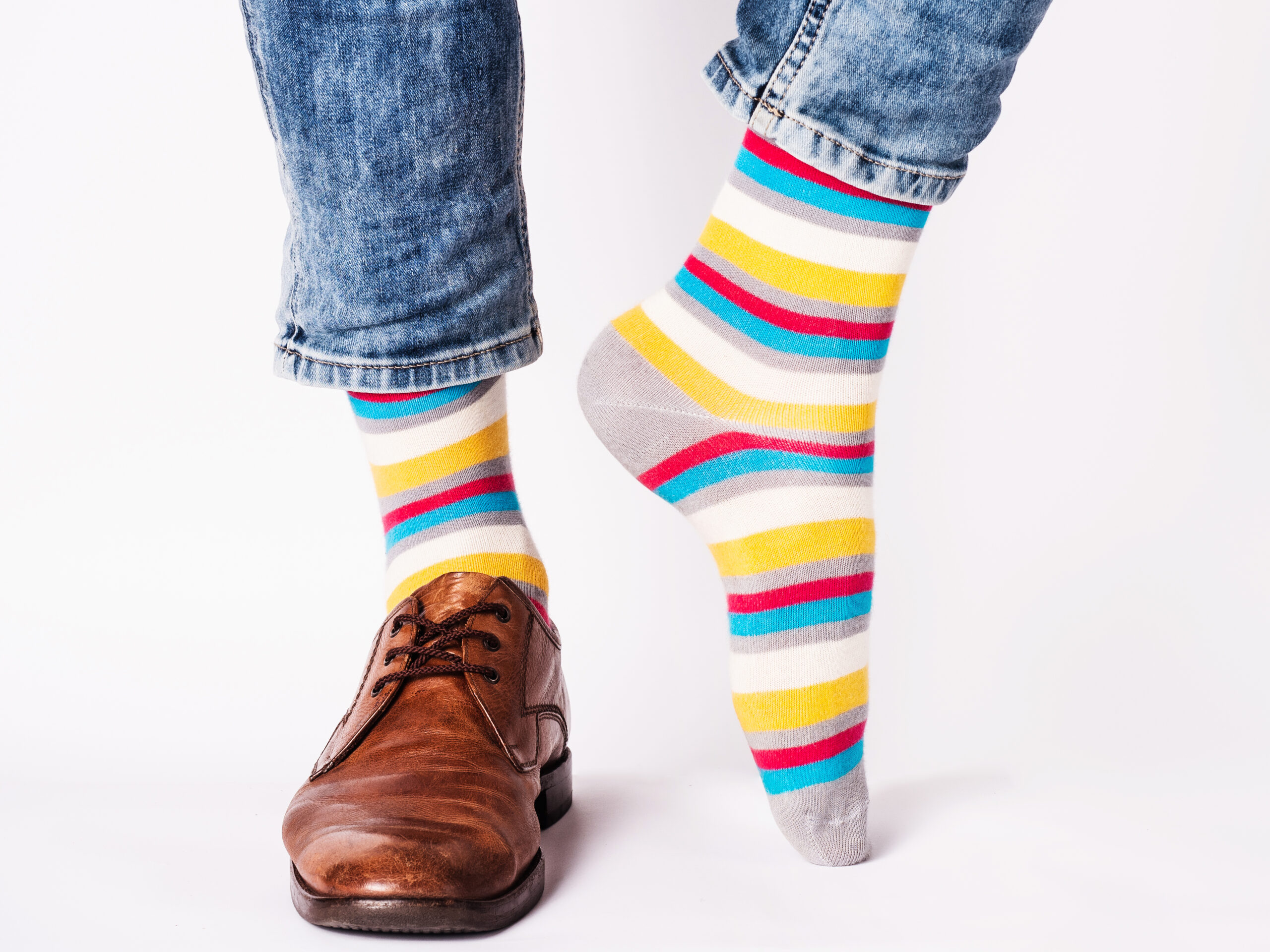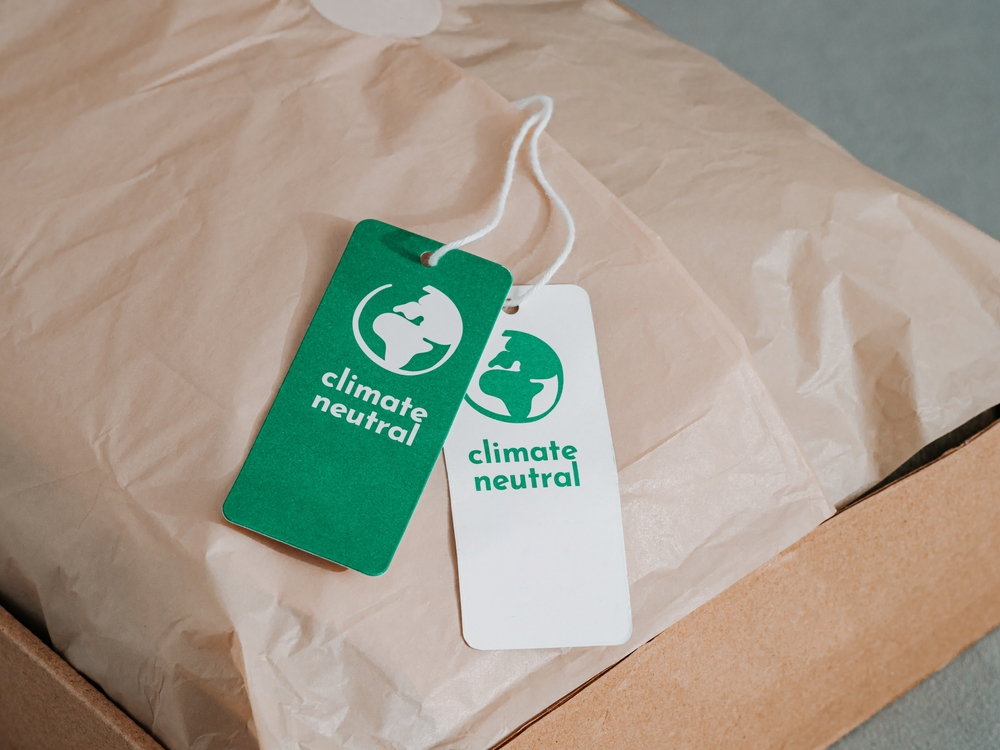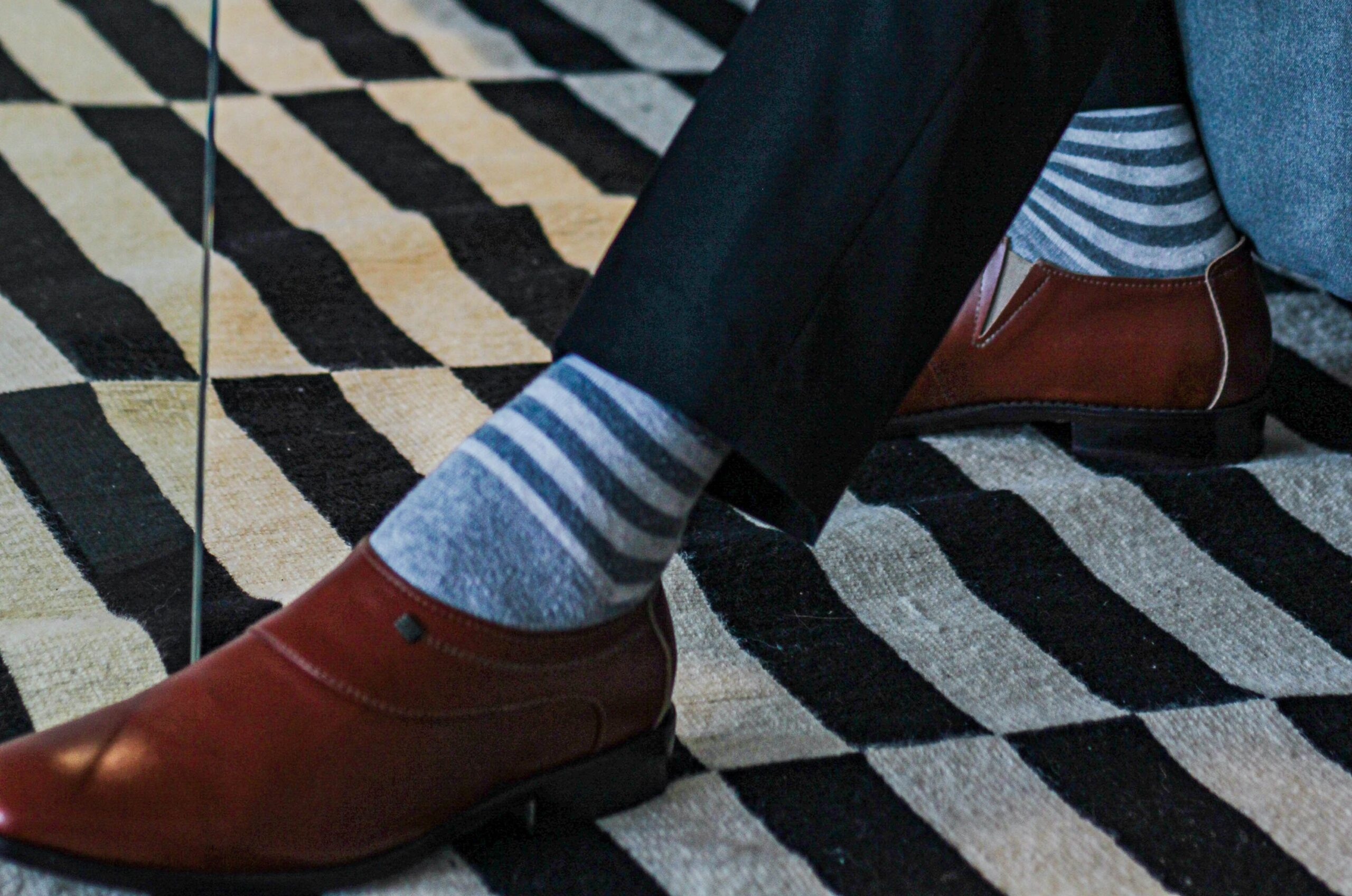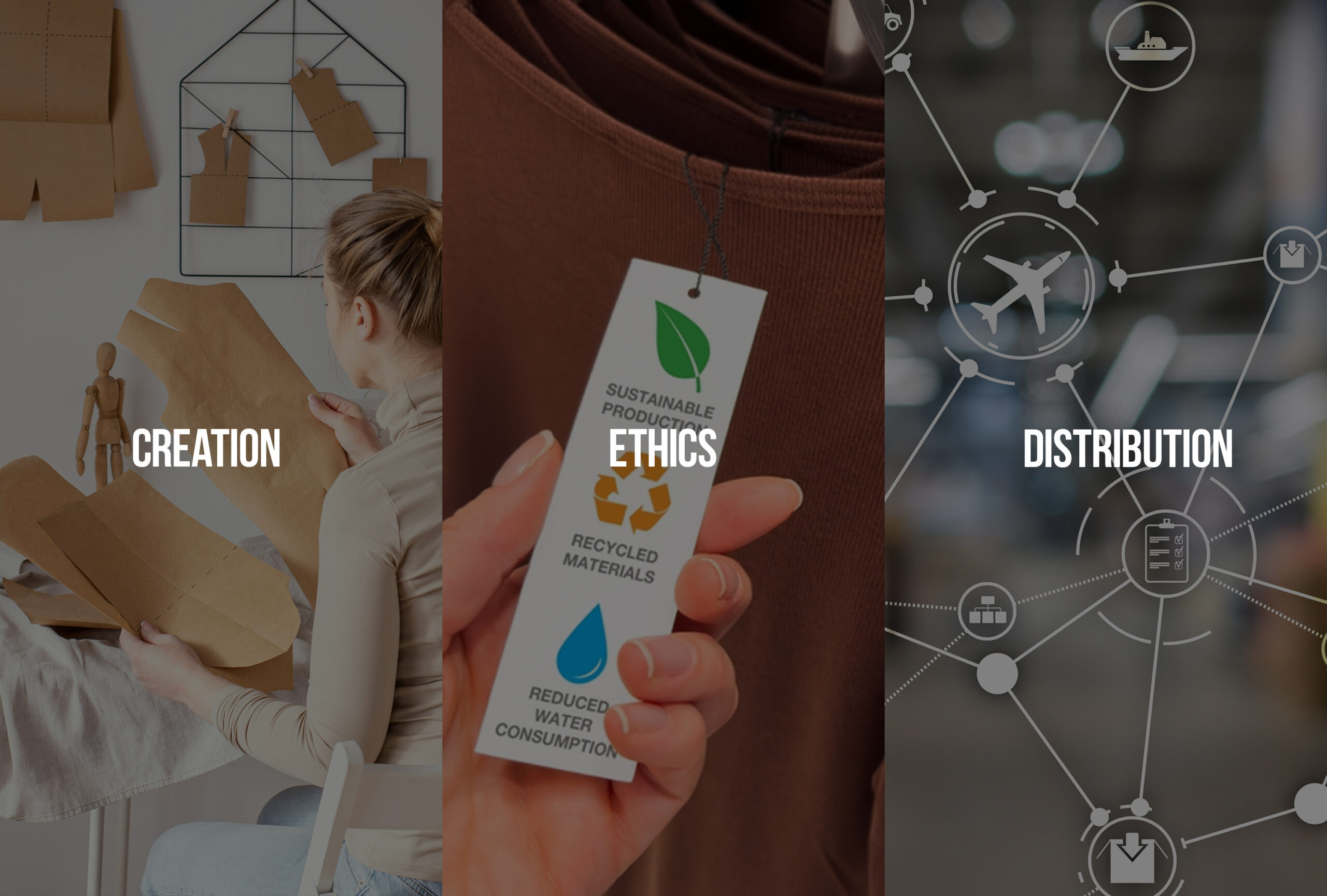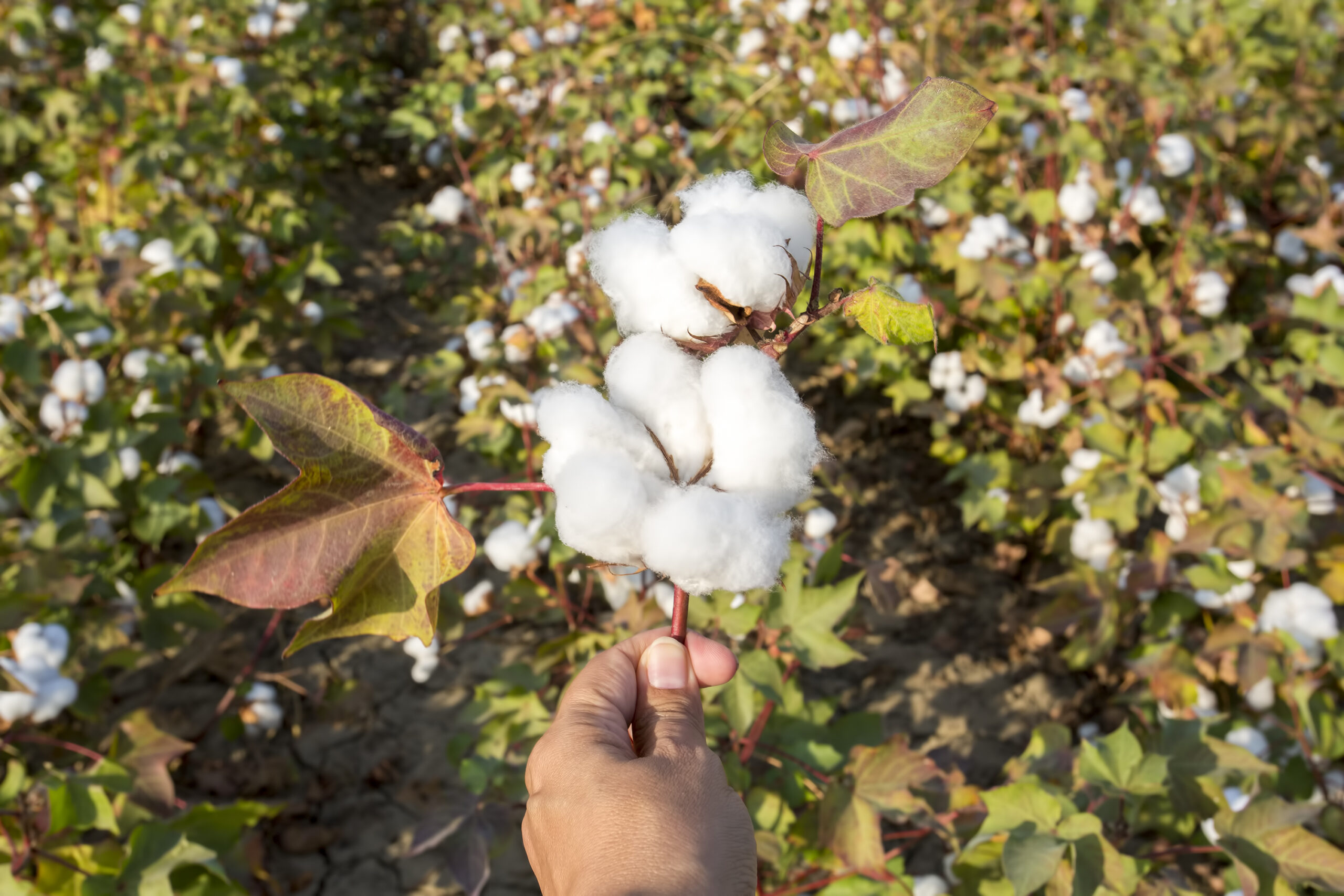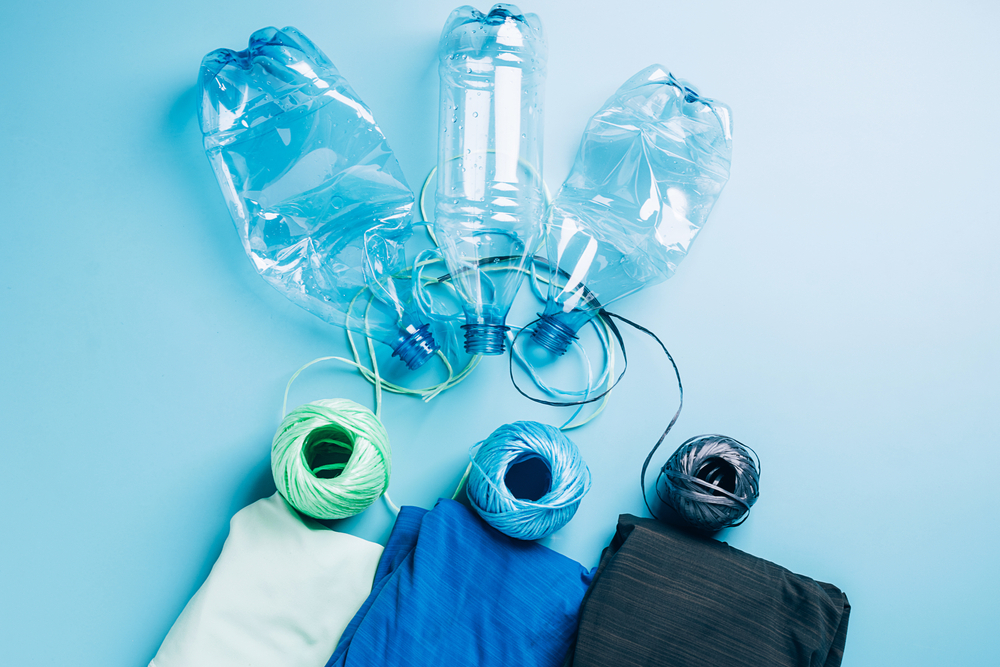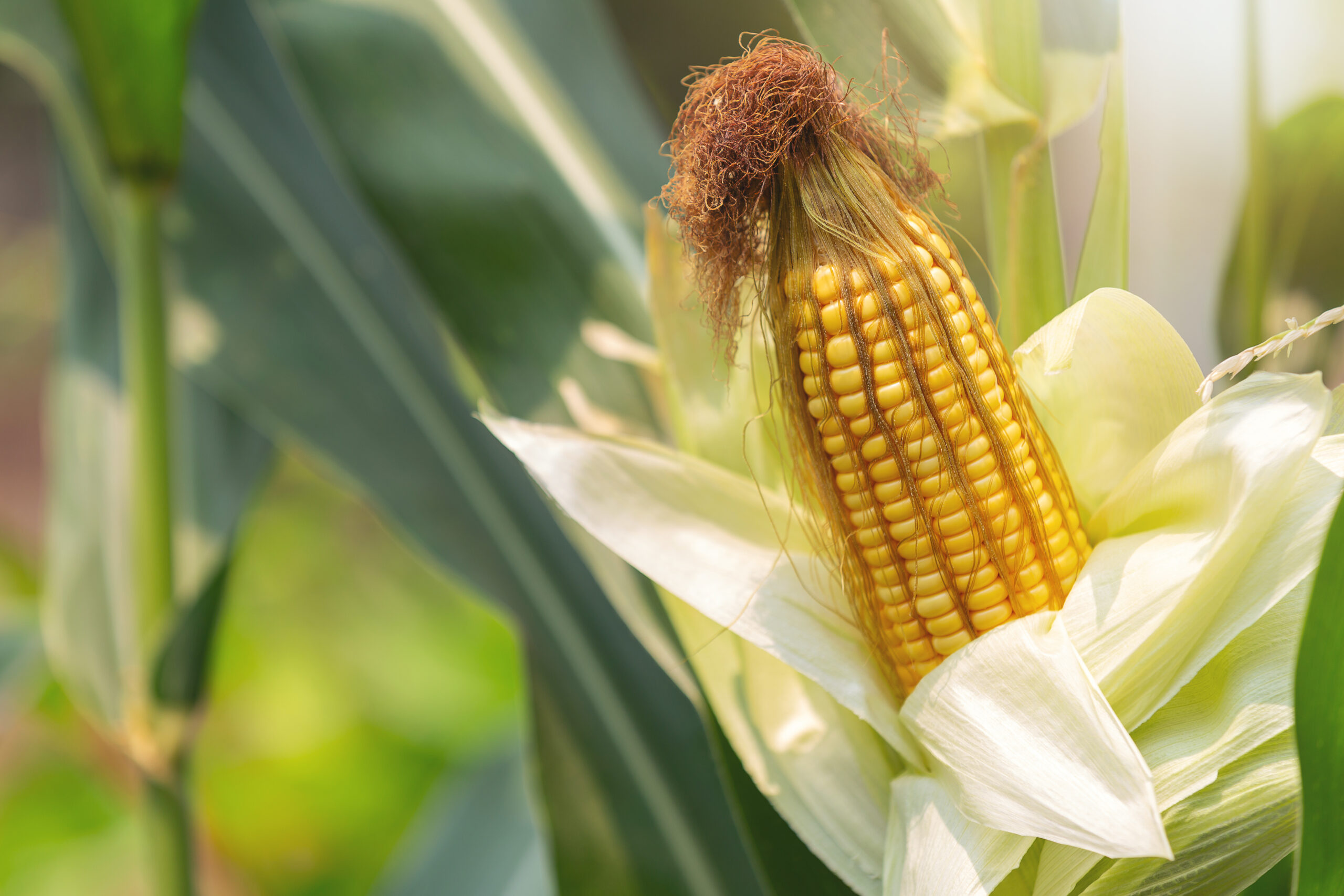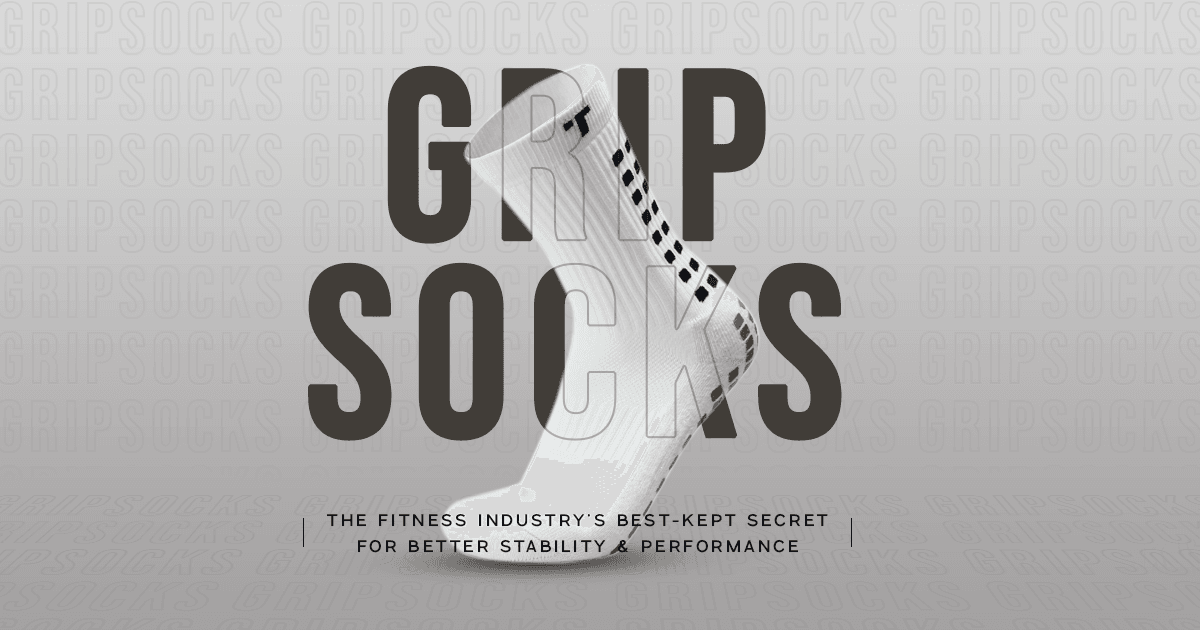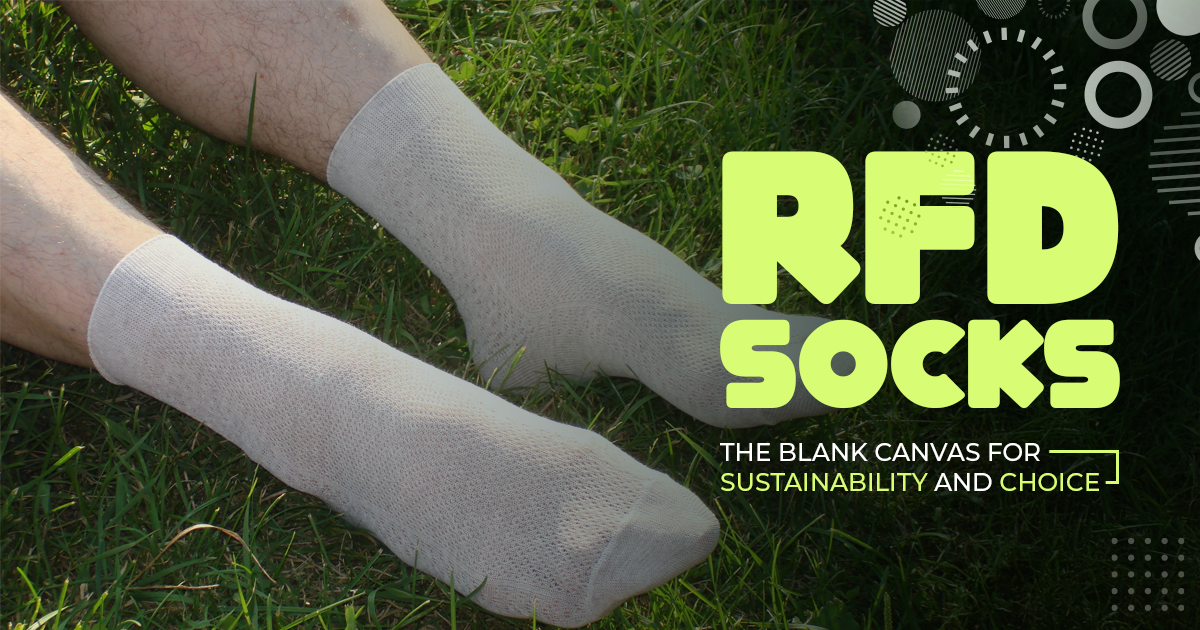Introduction
1: Cotton: The Paradigmatic Comforter
2. Wool: Nature’s Embrace Against the Chill
3. Bamboo: The Eco-Elegant Contender
4. Polyester: The Athletic Companion
5. Nylon: The Covert Asset
6. Silk: The Opulent Pleasure
7. Merino Wool: The Pioneer
8. Cashmere: The Epitome of Tenderness
9. Compression Fabrics: Guardians of Circulation
Conclusion
Introduction
Socks, those unpretentious foot-companions that silently accompany us through the routines of daily existence. While they might not epitomise the most glamorous facets of fashion, socks play a pivotal role in giving comfort and support upon our feet. Yet, not all socks are conceived alike. The realm of sock materials unveils a realm that is both intriguing and multifaceted, offering an array of choices that cater to diverse styles and requisites. Thus, let us plunge feet-first into the world of peculiarity that is sock materials.
1: Cotton: The Paradigmatic Comforter
Ah, cotton—the ancestor of all sock fibres. Cotton socks would be the comfortable armchair where everyone gathers if socks were a large family. These socks give your feet consistent support whether you’re taking a leisurely stroll or tackling the hectic pace of the workplace.
For a quick check:
Pros:
- Durable
- Lightweight and breezy
- Dries quickly, safe for machine-wash
- Carries vibrant colors
- Has cushioning benefits
Cons:
- Absorbs moisture and sweat
- Can shrink
- Fully organic cotton is expensive
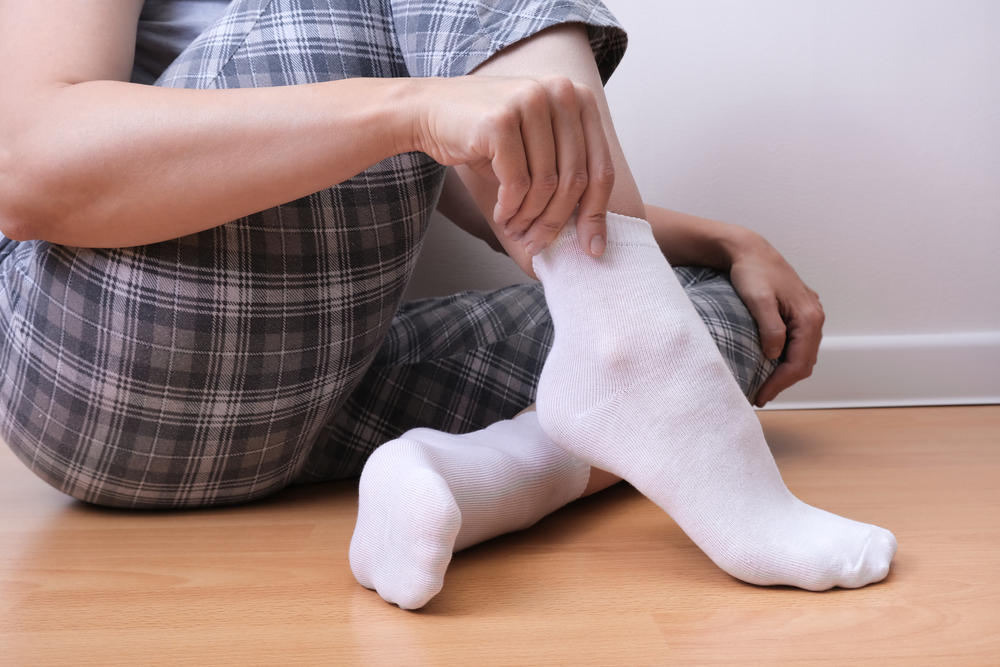
2. Wool: Nature’s Embrace Against the Chill
Wool socks come to the rescue as winter’s icy grip sets in, acting as a warm, cuddly hug from mother nature. Wool socks, which are made from the fleece of sheep and occasionally other animals like alpacas, prove to be excellent insulators.
Here is a brief overview for you:
Pros:
- Provides insulation in cold climate
- Thick and breathable
- Soft and natural material
Cons:
- Can be itchy
- Can have gaping holes when pulled too hard
- Not ideal for warm weathers
- Animal product
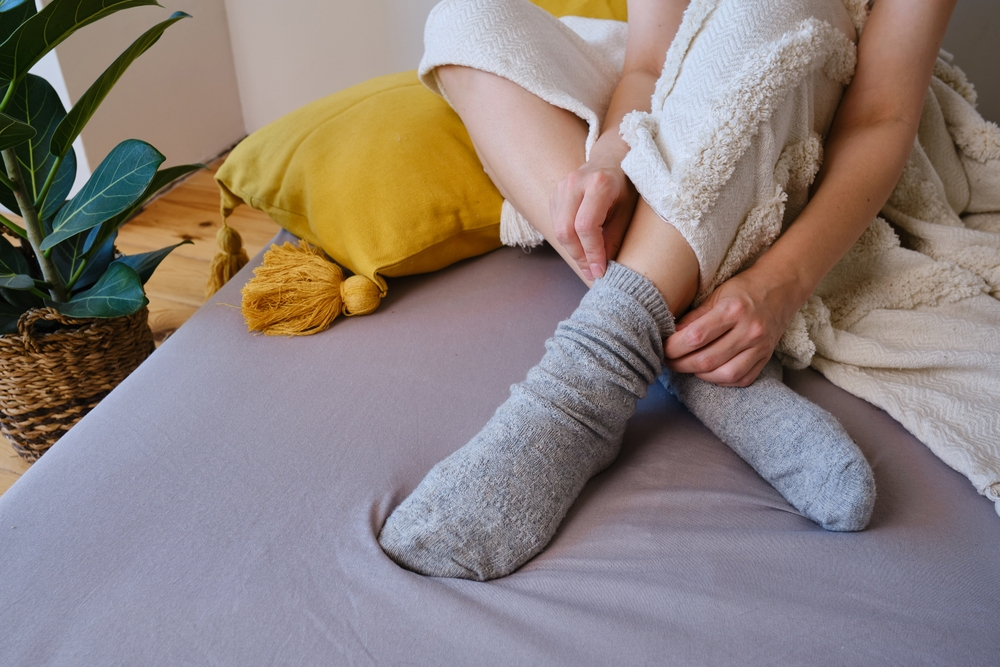
3. Bamboo: The Eco-Elegant Contender
Bamboo socks are a shocker to sock enthusiasts who are environmentally conscious. Bamboo is a readily available renewable resource that not only benefits the environment but also provides a luxurious, satin-like caress against your skin. Surprisingly, this category of socks offers a variety of unusual and endearing styles.
Look at their benefits and drawbacks:
Pros:
- Durable and lightweight
- Has hypoallergenic traits
- Inherently possess moisture-wicking attributes
- Great at temperature regulation
- Has antimicrobial properties
- Eco-friendly
Cons:
- Can develop piling (soft balls on the surface)

4. Polyester: The Athletic Companion
Polyester socks emerge as akin to a workout partner ever-ready to engage in gym sessions. These synthetic socks are meticulously engineered for performance. Polyester socks often incorporate supplemental features such as arch support and cushioning, ensuring an optimal degree of comfort.
Quick glance:
Pros:
- Very durable and resilient
- Value for money
- Wide range of colour choices
- Quick drying, and safe for machine wash
Cons:
- Doesn’t absorb moisture so feet stay sweaty
- Not breathable
- Man-made and not biodegradable
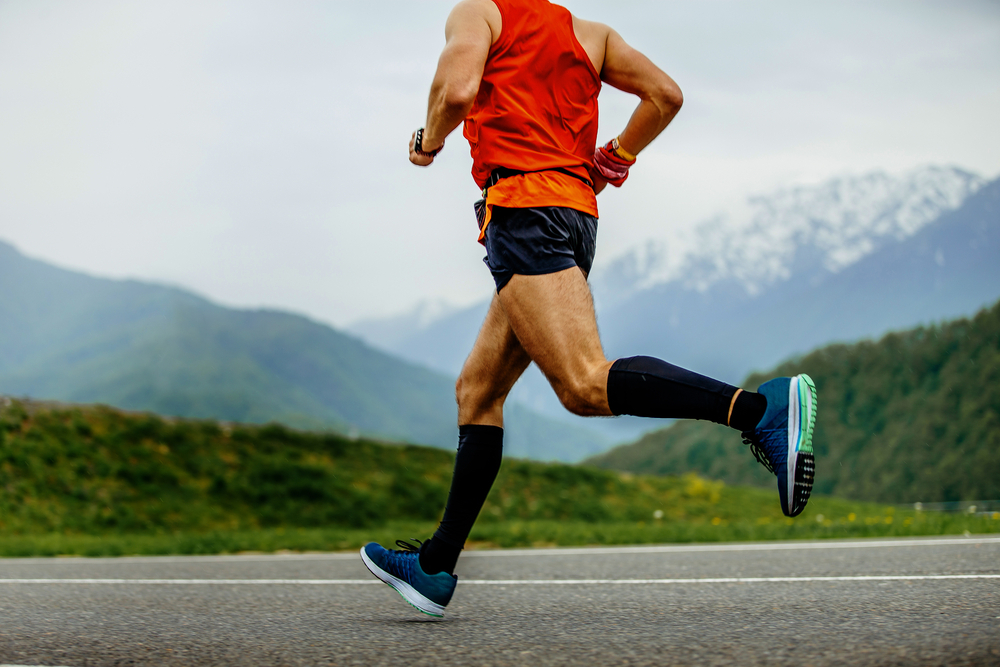
5. Nylon: The Hidden Asset
Within the realm of sock fabrics, nylon is the underappreciated star. Often amalgamated with other fibres such as cotton or wool, nylon offers the best durability and elasticity in socks. Ever contemplated the magic behind your socks retaining their place throughout the day? It is the gift of nylon that affords such a snug fit.
Do a quick check:
Pros:
- Stretchy and super light
- Cost-effective
- Keeps heat locked in
Cons:
- Develops little balls
- Often blended with other products
- Man-made and non-biodegradable
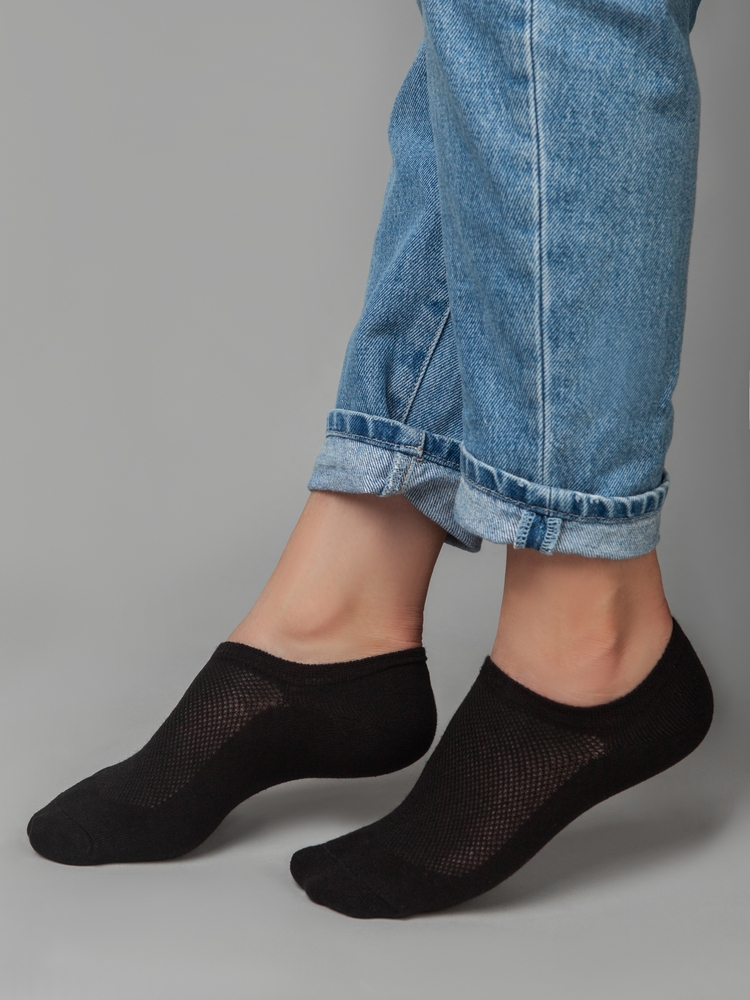
6. Silk: The Elegant Pleasure
If socks were to take centre stage, silk socks would inevitably assume the role of leading stars. When one aims to give their outfit a sense of luxury, these delicate and luxurious marvels reach the pinnacle of elegance.
Let’s look at the advantages and disadvantages:
Pros:
- Innate sheen and satiny texture
- Natural insulator
- Hypoallergenic
- Elegant and stylish
Cons:
- Less aptitude for moisture absorption
- Not idea for high-impact pursuits
- Expensive
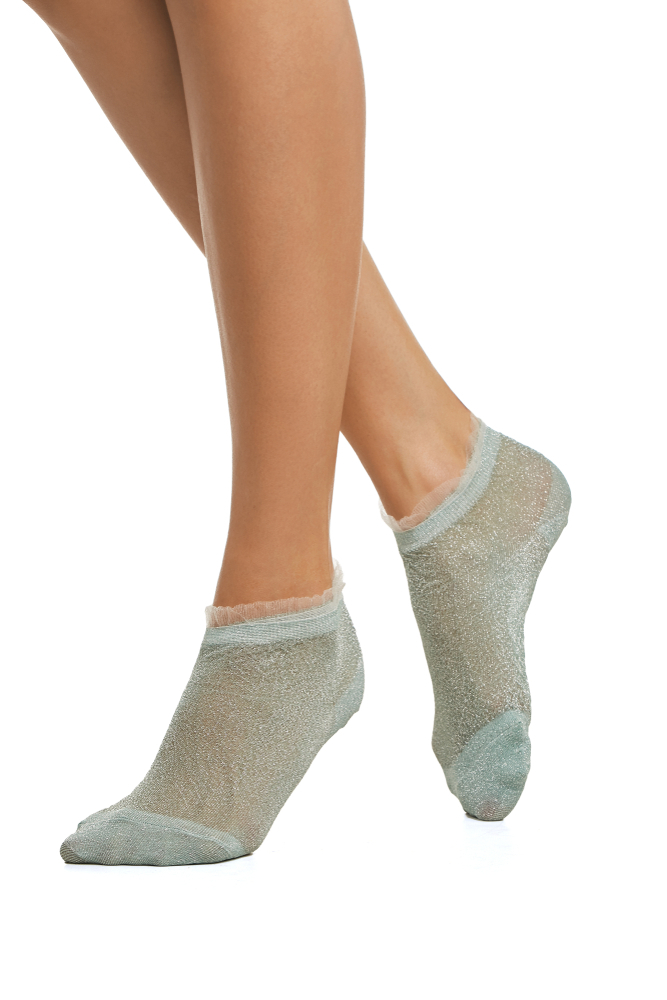
7. Merino Wool: The Pioneer
Merino wool merits a distinct spotlight. This specialised variant of wool is culled from Merino sheep and is renowned for its unparalleled softness and intricate fibres. Merino wool socks bear semblance to nature’s bespoke activewear – they moderate temperature, repel moisture, stave off odours, and confer unparalleled comfort.
Pros:
- Soft to touch
- Repels moisture
- Moderate temperature
- Light-weight
- Biodegradable natural product
Cons:
- Not safe for machine-washing
- Animal product
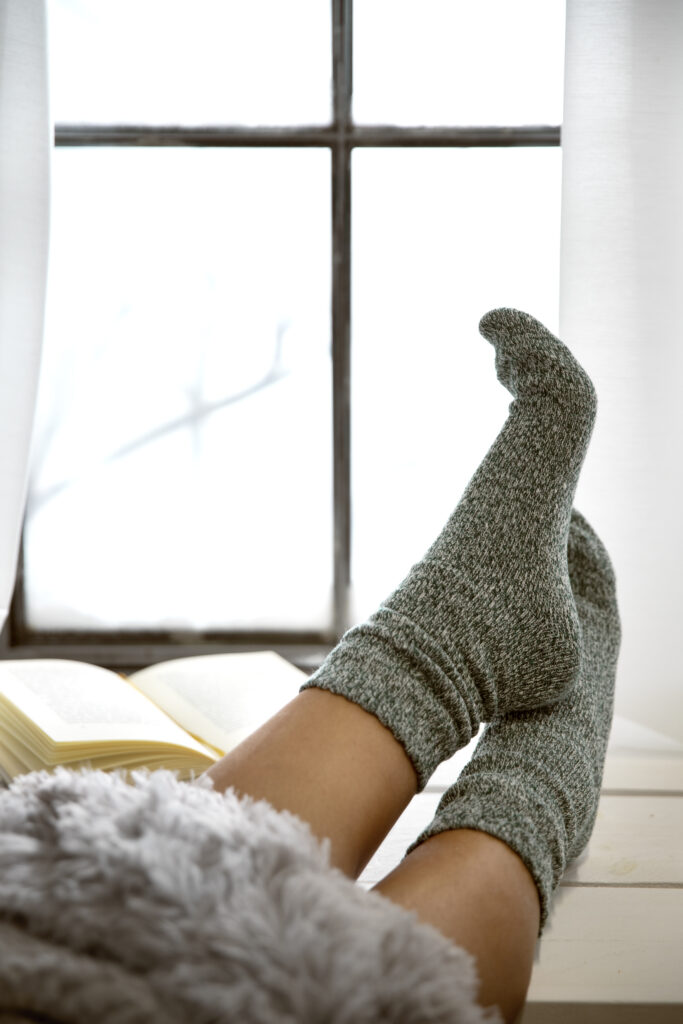
8. Cashmere: The Epitome of Tenderness
If silk socks seize the limelight, then cashmere socks establish themselves as the exclusive VIP section within a five-star hotel. Derived from the velvety undercoat of cashmere goats, cashmere socks epitomise luxury.
Quick glance:
Pros:
- Exceptional softness
- Feather-light
- Unparalleled warmth
Cons:
- Hefty price tag

9. Compression Fabrics: Guardians of Circulation
Last but certainly not least, let us accord a resounding tribute to compression socks. These aren’t merely ordinary socks; they emerge as the champions within the realm of socks. Compression socks appear as your steadfast companions in the ongoing battle against leg discomfort, regardless of whether you frequently fly, work in the healthcare industry, or must stand or sit for extended periods.
Pros:
- Aids in blood circulation
- Reduces risk of swelling and blood clots
- Exert right amount of pressure
Cons:
- Expensive
- Maintenance
- Prone to pilling
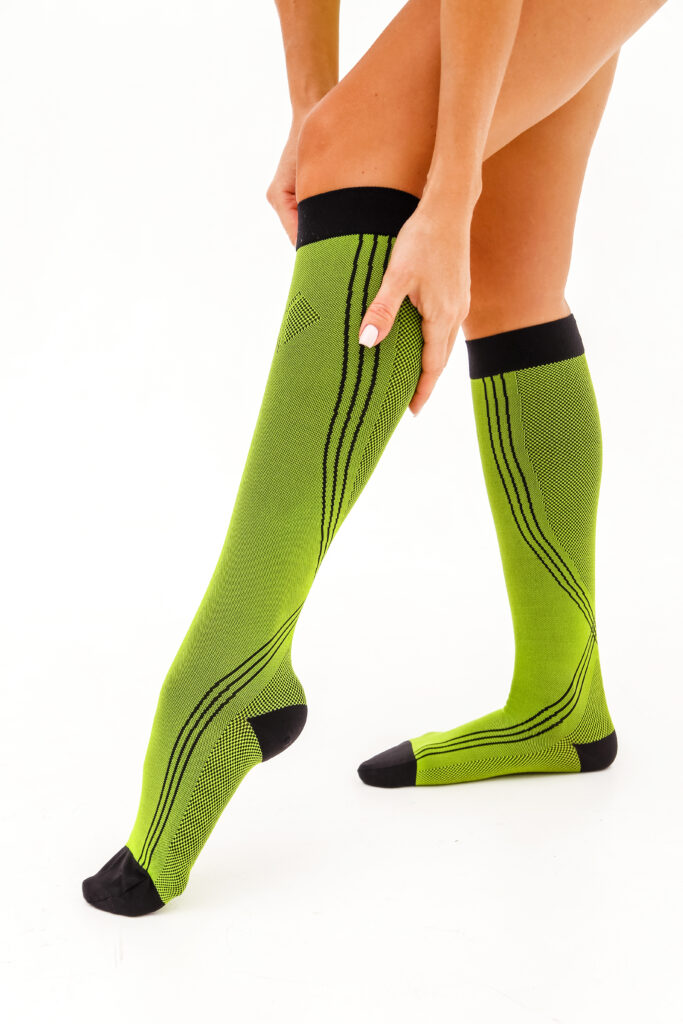
Conclusion
In conclusion, a quick tour of a staggering number of sock materials has been undertaken. Every material used to make socks, from the everyday cosiness of cotton to the extravagant extravagance of cashmere, brings a unique personality to the sock world. Whether you are dressed for an occasion, working out, or relaxing, a sock material specifically designed to meet your needs is waiting to hug you. So, take the risk, put on your favourite pair, and give your feet a chance to indulge in the warmth of the quirky, snug world of socks!

